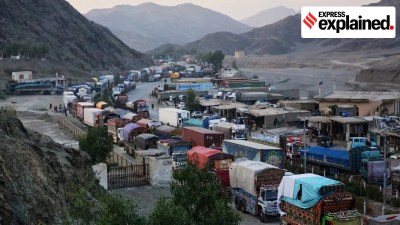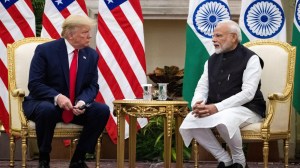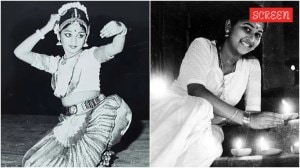When Maoists turn goons
Bihar, which has always been associated with endemic caste and class violence, until now boasted of at least one accomplishment: the near ...

Bihar, which has always been associated with endemic caste and class violence, until now boasted of at least one accomplishment: the near absence of communal violence. Even in the early 1990s, when the entire of north India was plunged in an inter-religious sectarian crisis following the destruction of the Babri Masjid, Bihar remained relatively calm. In fact, the achievement on the communal front was widely considered a sterling success of the Laloo Prasad Yadav-led RJD regime. But not any more. If the recent gunning down of nine people by the Maoist Communist Centre (MCC) in Narkopi village in Ranchi is an indicator, then surely sectarian violence along inter-religious lines seems to be replacing archetypal class warfare. The latest outfit to join the various private militias — the Sunlight Sena, the Brahmaharishi Sena, the Ranvir Sena, this sena, that sena — is the Ali Sena, a private army of Muslim youth. And, surprise of surprises, the minority army is being attacked not by the majority communalistsbut by Maoist gunners, who until now swore by militant secularism. After all, at least half of the 13 victims of the Narkopi and Imamgunj massacres (in Gaya district) are Muslims, who were apparently supporters of the Ali Sena.
The Ali Sena has, of course, not popped up overnight. In December 1999 nine Muslims were killed in Lota village in Palamu district. Then, the minorities were on the defensive. Today, they have responded with a counter strategy of violence: the hit squad of the Ali Sena killed three Oraon tribals in retaliation, supposedly MCC sympathisers. A paradox that immediately springs to mind is the following: why is the Ali Sena active in South Bihar when the majority of Muslims continue to reside in North Bihar? Precisely because they are spread thinly in south and south-central Bihar, they need to organise along militant lines. Earlier they were part of the Sunlight Sena, a private militia of Rajput and Muslim landowners. In later years, the spread of communal politics in South Bihar, the proposed Jharkhand state, forced them to organise independently.µ Although numerically small in the south, the Muslims are much more prosperous than their counterparts in north Bihar. Most of them were at one time large landowners in central Bihar districts of Gaya and Aurangabad and have gradually migrated south switching to money-lending and trading. They are largely upper caste Muslims, the Azlafs, such as Pathans and Syeds. By one line of reasoning, this would make them natural targets — "the class enemies" — in any traditional class action by militant Maoists. But the way in which the minorities were selectively targeted in Narkopi after some questioning and identification raises the issue of communal undertones of the latest class action by the MCC goons. At the time of their formation, the MCC swore by the purity of class action. But being isolated politically and given no recruitment from amongst university students, the cadres have lumpenised. Being dominated by radical Dalits and Yadavs, for a while they were used politically by the RJD regime to bump offpolitical opponents. Today, facing a communal divide on the eve of the formation of the Jharkhand state, the MCC hit squads have suddenly begun targeting minorities.





- 01
- 02
- 03
- 04
- 05


























